My gravel race super build: The Ridley ASTR RS with super-wide wheels and narrow bars
A subtle build with progressive components and top-level spec
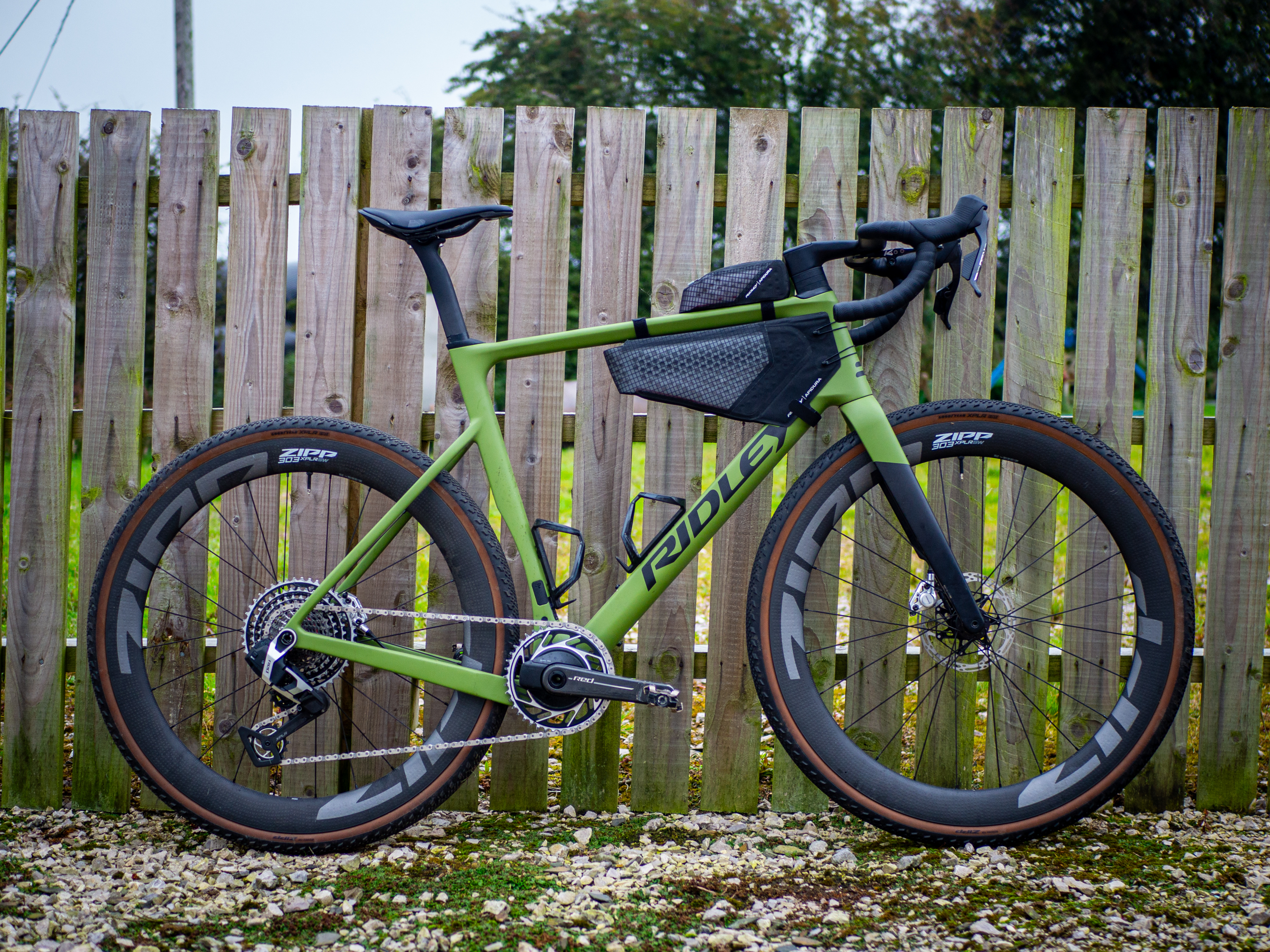
At the end of August, I raced the masters gravel national championships; my first ever Nationals in any event, despite having raced bikes for the better part of 20 years since my early teens.
It was raced partly as part of a race-prep feature we wanted to do here at Cyclingnews, but I'd be lying if I said I wasn't super excited at the prospect.
A few months prior, with the race on the horizon, I decided I couldn't line up at such an event with an ill-prepared bike. I spend my working day reading and writing about aero hacks and marginal gains, so to ignore the potential gains on my own setup felt like sacrilege.
After all, I firmly believe that tech can improve performance on all terrains. Given riders such as Dan Bigham and Dylan Johnson can push the envelope of equipment optimisation - on what we can only assume is a significantly smaller budget of both time and money than their WorldTour-funded counterparts - it confuses me to see pro teams and pro riders not take advantage of what are seemingly easy wins. It clearly works too, Bigham has since made a career out of it, optimising himself to a World Hour Record title, and enjoying a spell at Ineos Grenadiers before a recent move to Bora Hansgrohe.
On the road, optimisation primarily surrounds chasing aero savings, but with its slower speeds and rougher terrain, gravel is a little more complex. Aero still makes up most of the overall resistance at race speeds of around 30-35km/h, but rolling resistance makes up a significantly greater portion. Grip, handling and gearing are of greater importance too.
For my race, I wanted to find a bike that blended aerodynamics, racy geometry, and a decent weight. I wanted wide tyres to improve my rolling resistance and a wide range of gears to tackle the varying gradients of hills.
Throughout the past few months, I've been pulling together a gravel superbike that tackles all of those things well, but in a way that's a little more subtle when compared to the likes of Chase Wark's crazy Lauf Siegla and Dylan Johnson's Felt with shaved tyres - both of which seen in our Unbound 2024 tech gallery.
Get The Leadout Newsletter
The latest race content, interviews, features, reviews and expert buying guides, direct to your inbox!
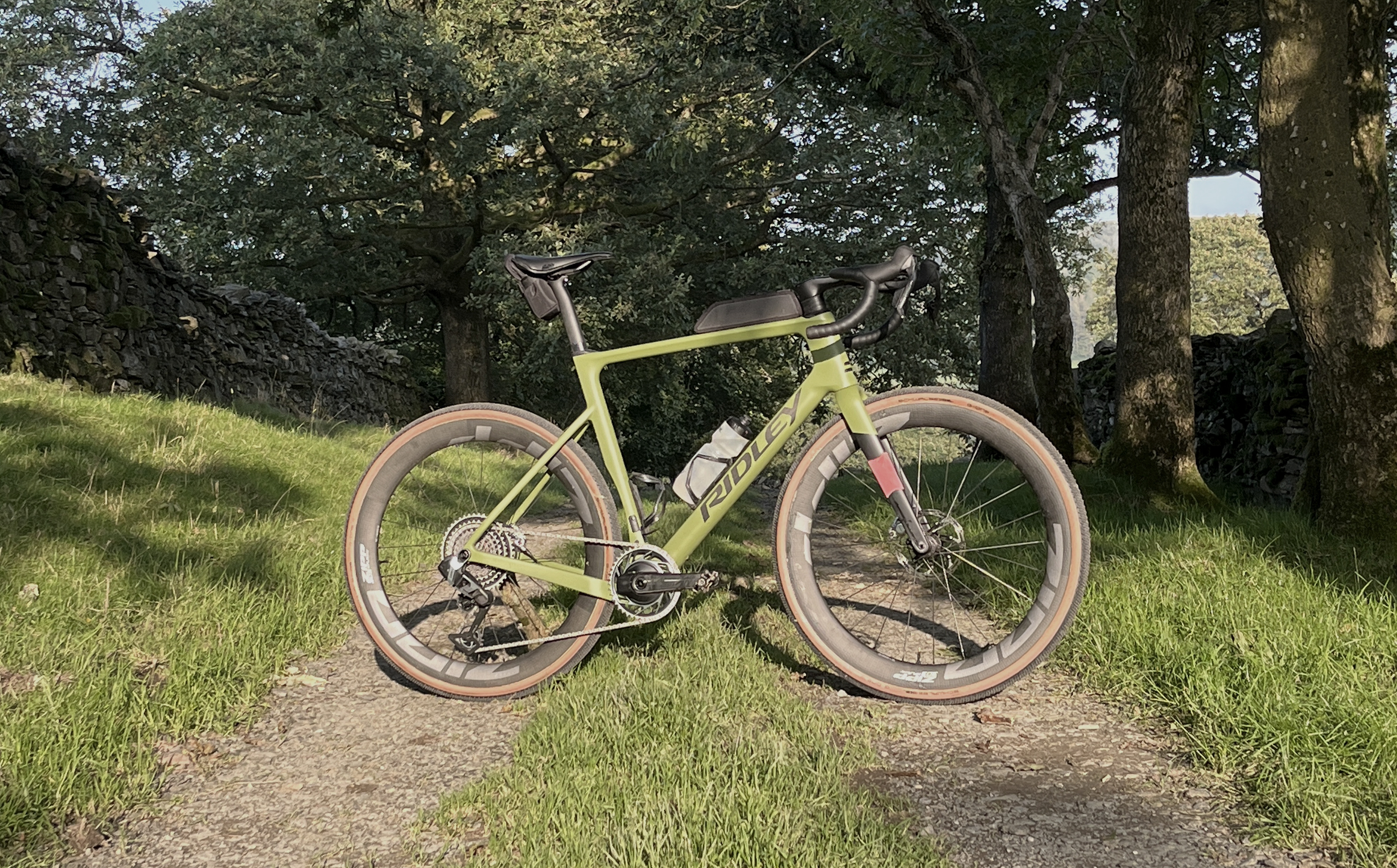
The frame: Ridley ASTR RS
Any superbike build needs a strong starting point, and what better place to start than a brand new, unreleased gravel race bike, ridden to 4th place at Unbound?
As mentioned, I wanted a lightweight, aero frame with big tyre clearance, and there aren't too many of those around. The 3T Extrema Italia is one of them, with 57mm tyre clearance, but at 10kg for a full build when my colleague Will reviewed it, it wasn't the perfect choice. The Lauf Siegla could have also been an option, with similar clearance but less aero optimisation.
During this research phase, out of pure chance, I received an email from Ridley sharing details of its soon-to-be-released bike.
Called the ASTR RS, it has an aero frame, a frame weight of 890g, and when run 1x it can accept tyres as wide as 52mm. Even better is that it comes with 36cm handlebars in my size. It's a bike that, as concluded in my recent Ridley ASTR RS review, I truly believe is the future of gravel race bikes.
I considered going even narrower with the crazy Lambda bars that Will tested earlier this year, but with the one-piece cockpit of the Ridley being designed around the frame, I felt the aerodynamic benefits of going narrower would be offset somewhat by switching to a separate bar/stem with external cables. Without a wind tunnel to test it empirically, I decided to play it safe (and easy) and use the bars that were already fitted to the bike.
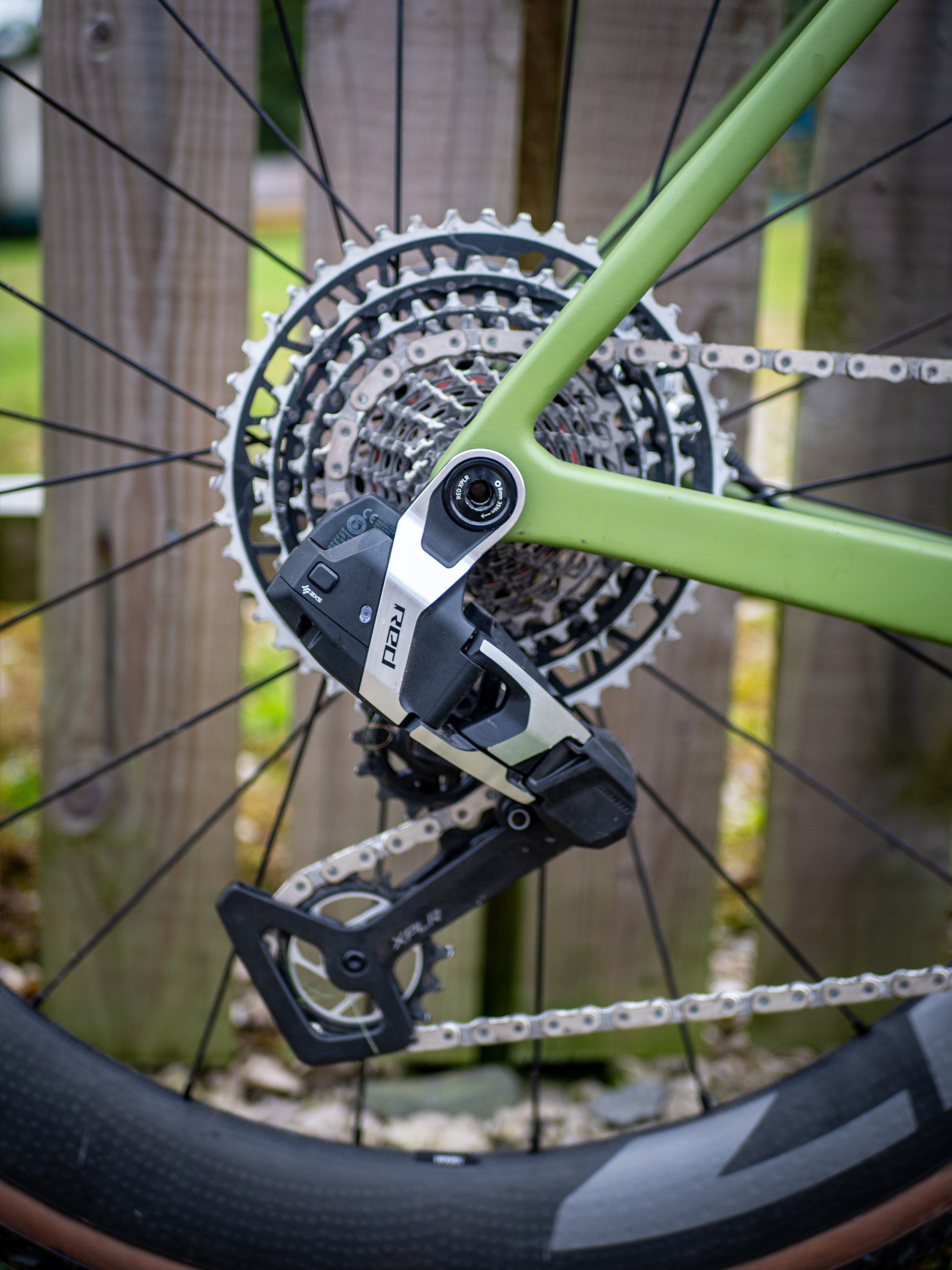
SRAM Red XPLR AXS groupset and Zipp 303 XPLR wheels
Another stroke of luck while planning came through the launch of SRAM's new flagship gravel groupset, complete with progressive new Zipp wheels.
The groupset, Red XPLR AXS, is 1x13, uses the excellent new hoods from the recently launched Red AXS road groupset, and leans on SRAM's mountain bike Transmission for some clever new gravel-specific componentry. Among which, the Full Mount UDH mount for the rear derailleur with provides immediate alignment, the 'Magic Pulley Wheel' which lets them keep spinning if they get blocked with debris, and the fact that the rear mech can be disassembled, with individual parts available to rebuild it in the case of damage.
With its launch, the decision of which groupset to use became an easy one. I am a big fan of GRX Di2, especially the hood shape and braking power, but I didn't think I'd need the additional range of a 2x chainset and I'd heard good things about this new groupset in Tom's Red XPLR AXS review.
Alongside the groupset, SRAM also launched a crazy-wide set of wheels, the Zipp 303 XPLR SW, which have a 32mm internal width. That's 3mm wider than the next widest I can find (the 3T Discus 45/40) and a full 8mm wider than the DT Swiss GRC 1400 wheels that come standard on the ASTR RS (while weighing nigh-on the same!)
Their only problem is that tyre choice is currently limited to a handful of approved options including the Goodyear XPLR (designed with the wheel) and some of Schwalbe's range. Regardless of that, I had to give them a go.
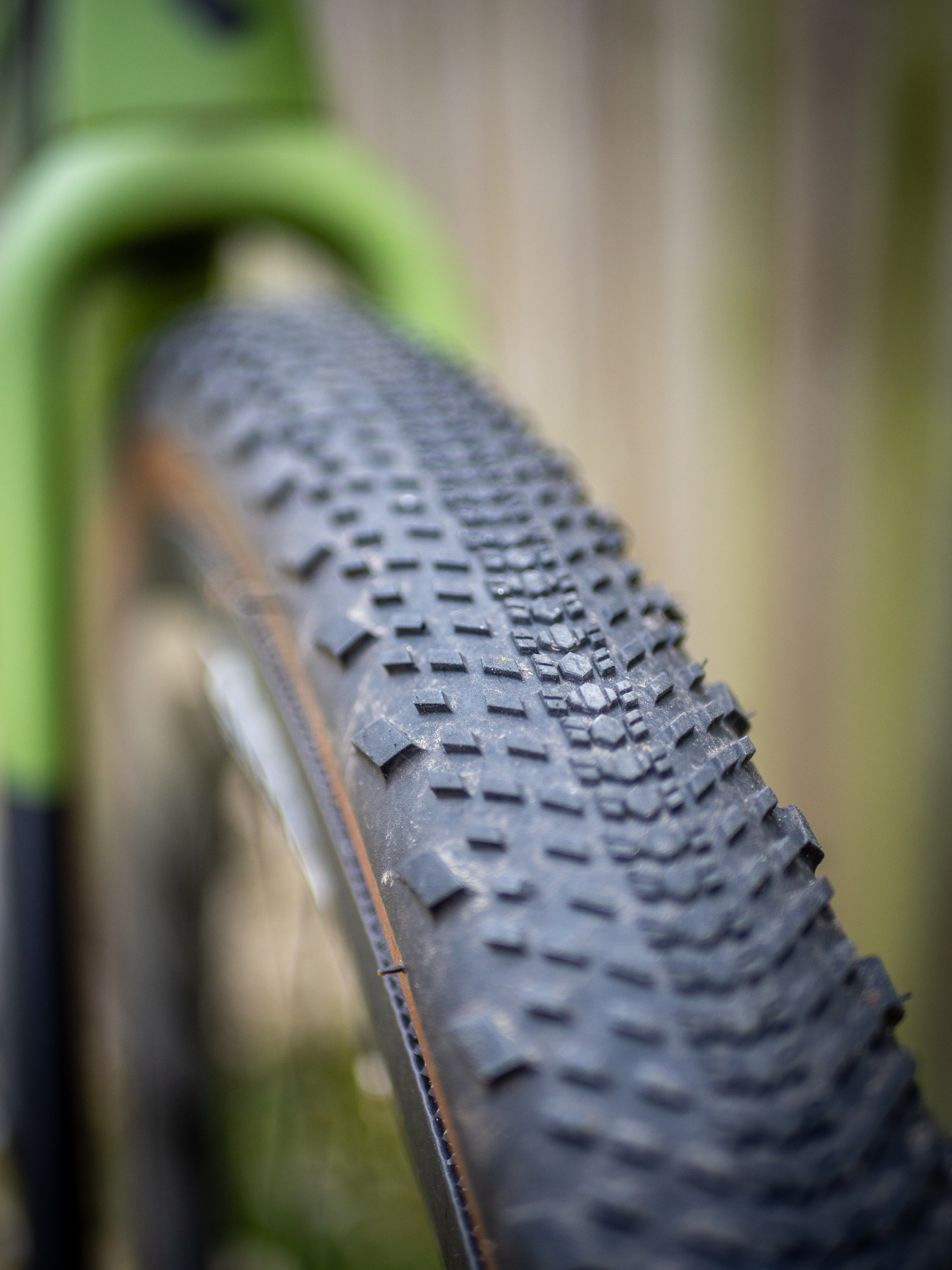
Tyre choice
Leading into the race, with tyre choice so limited for the wheels, I had a couple of compatible options at my disposal.
The first was the Goodyear XPLR Inter, which bears a fairly light-tread, but at 45mm is designed to work aerodynamically with the rim.
The second was the Schwalbe G One R, a slightly more heavily treaded tyre in comparison. It has received numerous positive reviews from friends and colleagues alike, and one that I've previously gotten on well with too. The only downside was that this was narrower at 40mm. I felt as though I was wasting the massive tyre clearance offered by the ASTR frame, but the wider 45mm option was unavailable at the time.
With relentless rain hitting Gatehouse of Fleet where the race would be held in the weeks prior, but a fast-drying course with a long road section, I was unsure of the choice, so took both to the Airbnb I'd be staying at for the days leading into the race.

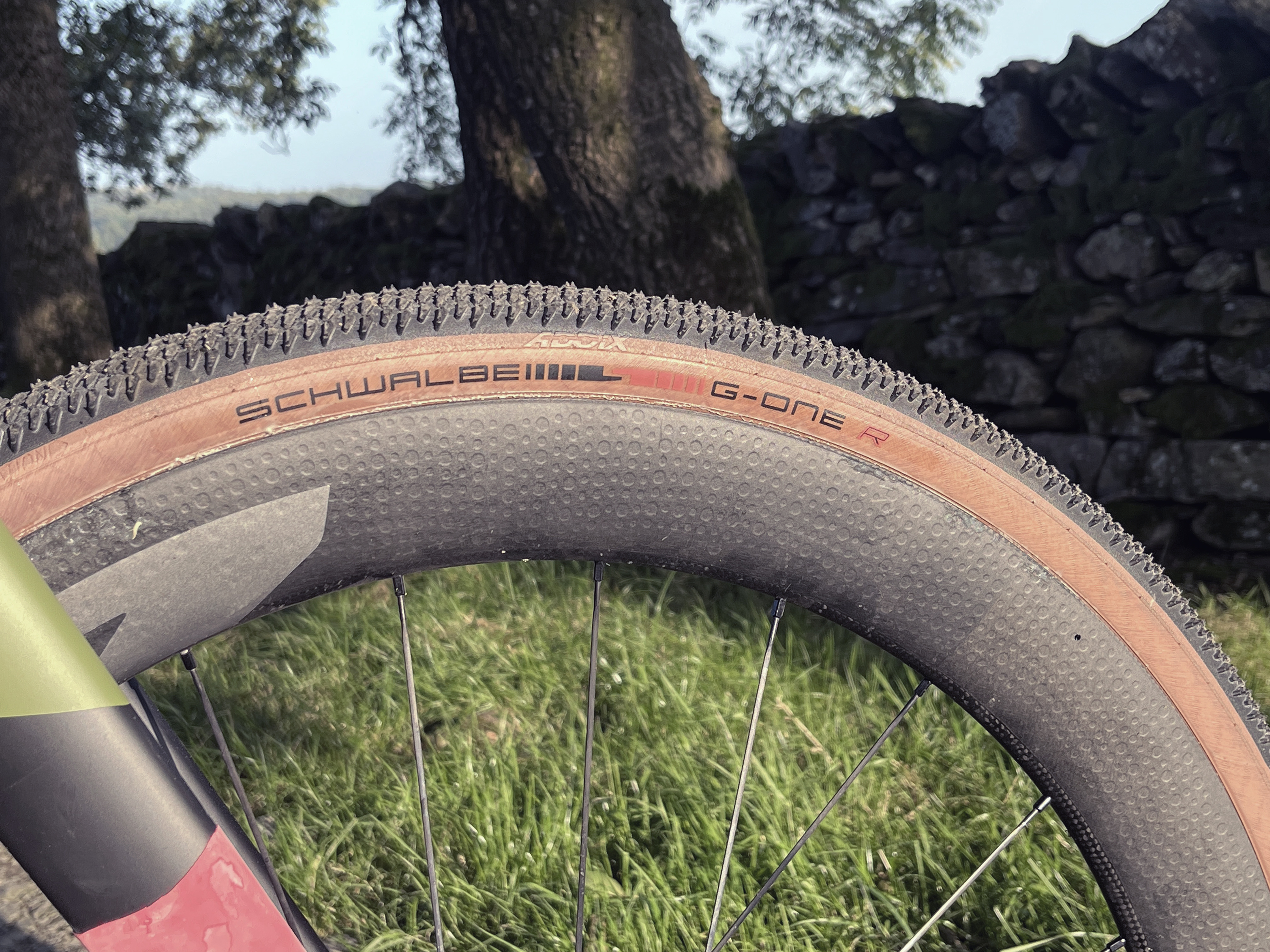
A day before the race, despite the sun shining at my Airbnb in the Lake District, an email came through from the organisers saying that the car park for the race was so flooded that it was unusable, and with that I decided I'd have to use the Schwalbe's heavier tread and accept the narrower width. As it transpired, the 40mm tyres actually measured closer to 45mm on those rims anyway, so I don't feel I lost much, and the sidewall-to-rim transition was clean, as per Zipp's intentions when designing the rim.
It's also worth mentioning that, ahead of a later race, I tried to run Vittoria's Air Liner Gravel Light inside the wheels, but they were so wide that the liner simply sat in the channel and offered very little protection. For this reason, SRAM actively says not to use a liner, which might be a reason to avoid them.
I instead switched to the DT Swiss wheels, complete with Vittoria Air Liner inside a Terreno Dry 2.0-in tyre. Although around 500g heavier in total, this unlocked an ability to roll over pretty much everything in the bike's path.
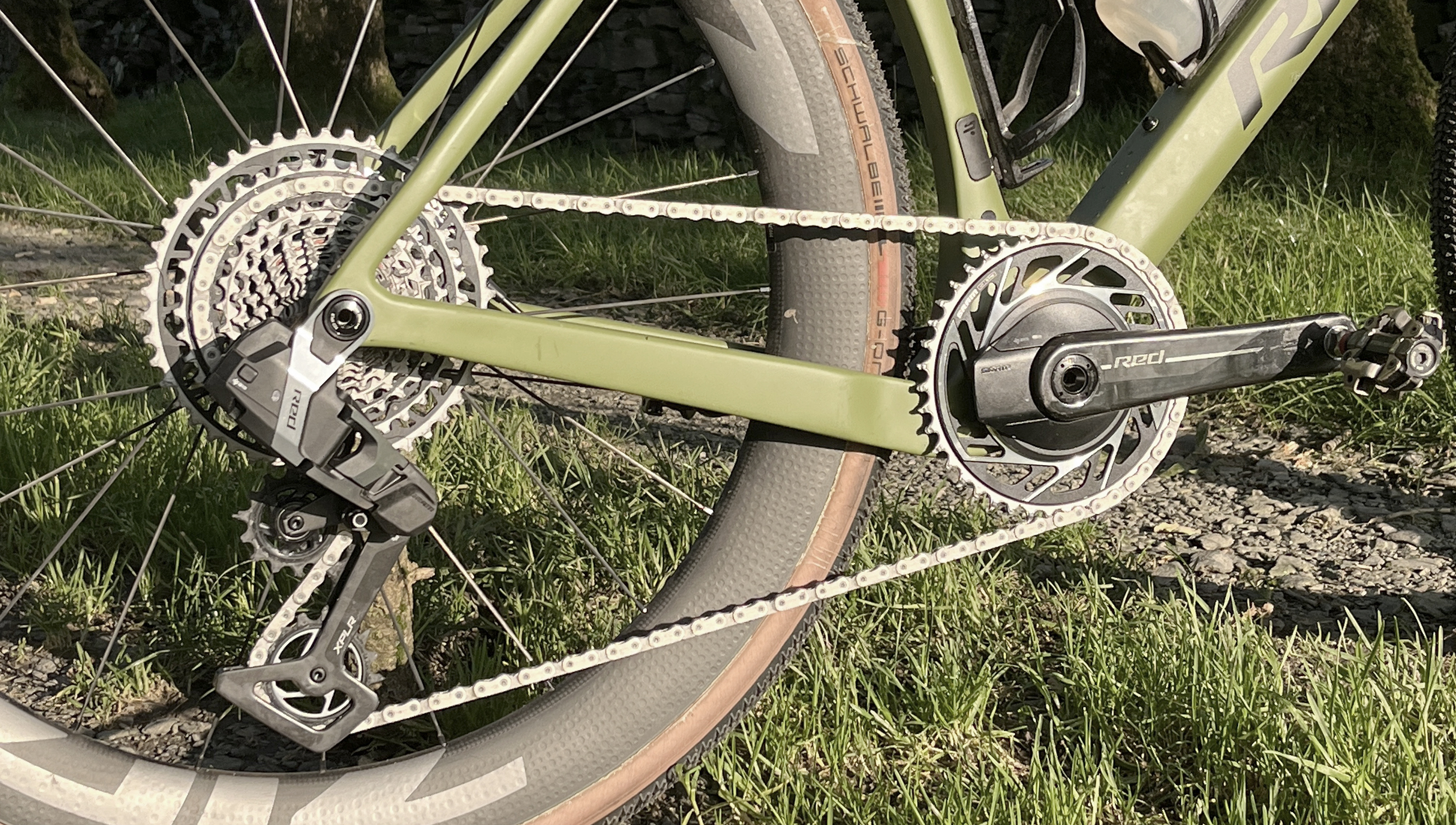
CeramicSpeed bearings and chain
It seems a superbike build isn't complete in 2024 without a mention of ceramic bearings, and who better than CeramicSpeed - arguably the market leader in the space - to turn to for some extra free speed via reduced friction?
With the Ridley ASTR RS using a press-fit bottom bracket, I sourced an equivalent from the Danish brand, alongside a pre-treated raceday chain from its UFO series.
The UFO chain alone is said to be worth two to five watts, and there's an additional - albeit unquantified - saving from the bottom bracket. While the cost per watt saving isn't the best you can get, this was a no-brainer for me on such an important race.
I did want to add in the brand's Aero OverSized Pulley Wheel too, but with SRAM's new groupset having only just launched, a compatible system is yet to be made available. Maybe that's one for next year's build!
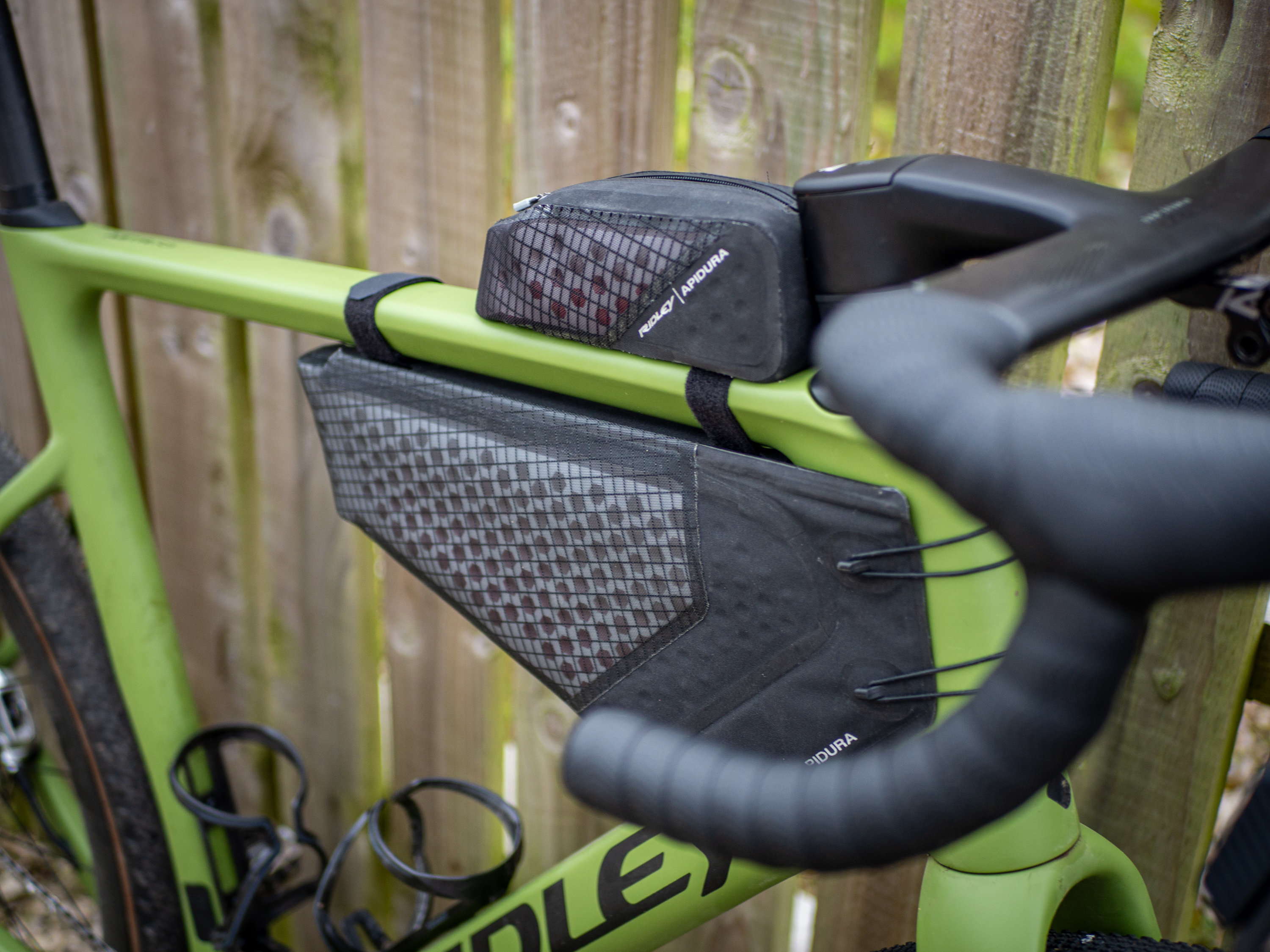
Apidura bags
While not available in time for nationals, for a later race, I optimised the bike even further using a set of Apidura bags that have been designed specifically for this frame.
This comprises a frame bag that fills the space behind the head tube and a top tube bag that sits behind the stem. Together, they are said to be worth 2.6 watts at 36km/h (the winning average speed of the men's Unbound 2024). Ridley Classified rider, Piotr Havik, used them for Unbound where he finished 4th, and I'm told he continues to use them - empty in many races - simply for the aero gain. Why wouldn't you?
The next build?
With a goal of qualifying for Worlds in 2025, my mind is currently bouncing ideas around for the next build. Should I run 2.2in tyres on discs? Maybe those 22cm Lambda handlebars, or perhaps Speeco's ABB bar? Can I run Classified with a 60T chainring?
What would you add? Email me and let's build something crazy.

Josh is Associate Editor of Cyclingnews – leading our content on the best bikes, kit and the latest breaking tech stories from the pro peloton. He has been with us since the summer of 2019 and throughout that time he's covered everything from buyer's guides and deals to the latest tech news and reviews.
On the bike, Josh has been riding and racing for over 15 years. He started out racing cross country in his teens back when 26-inch wheels and triple chainsets were still mainstream, but he found favour in road racing in his early 20s, racing at a local and national level for Somerset-based Team Tor 2000. These days he rides indoors for convenience and fitness, and outdoors for fun on road, gravel, 'cross and cross-country bikes, the latter usually with his two dogs in tow.